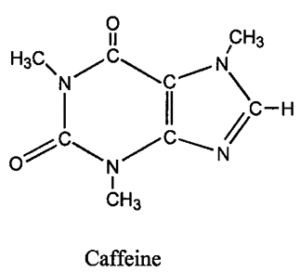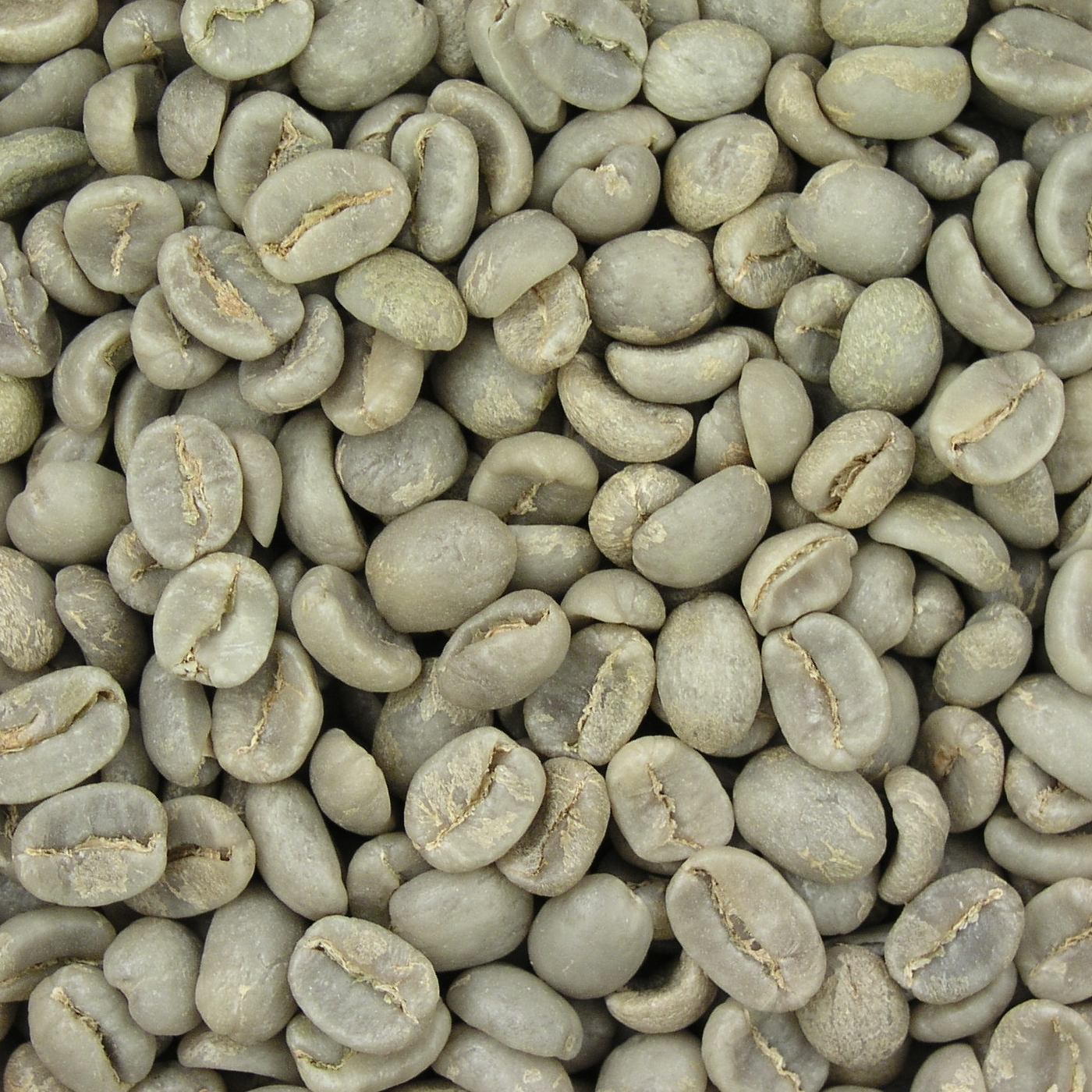It is hard to imagine a world without coffee, but in the grand scheme of things coffee is a relatively new discovery. Historians posit that coffee was discovered around 850 AD in Egypt by a goat herder who noticed that his goats became erratic and energetic after eating a specific type of red berry. Those berries were coffee beans.
The herder took the beans to a local monastery where the monks brewed the beans into a drink similar to tea, and since then coffee has spread across the world as a way to stay energized and focused [i].
The Science of Caffeine
But why does coffee keep you energized and focused? Coffee contains a substance that we all love: caffeine. Caffeine is a methylxanthine (molecular formula: C8H10N4O2 ) that stimulates the central nervous system, relaxes smooth muscle tissues, stimulates the cardiac muscle, acts as a diuretic, and may help to relieve headaches.

Interestingly enough, scientists are not quite sure of caffeine’s main mechanism of action, though there are a few postulations including “…inhibition of cyclic nucleotide phosphodiesterases, antagonism of adenosine receptors, and modulation of intracellular calcium handling,” all of which are methods of action observed by researchers in response to caffeine ingestion [ii].
Where Does Most Caffeine Come From?

Caffeine primarily comes from coffee beans, kola nuts, and tea leaves. The majority of “pure” caffeine or caffeine that contains no other substances—it has been separated from the bean—comes from the decaffeinated coffee manufacturing process.
The process used in decaf coffee manufacturing is called the Zosel high-pressure extraction process. This process uses green coffee beans or tea leaves and a solvent plus carbon dioxide to safely extract the caffeine while leaving the beans or leaves consumable [iii].
Effects of Caffeine
Upon ingesting caffeine, you can expect to feel its effects within 15 minutes. However, it is not so quick to leave your body; caffeine’s half-life, or the time it takes for half of the caffeine to disappear, is six hours. As mentioned above, caffeine is a member of the xanthine group. Another xanthine, Adenosine, is used as a neurotransmitter, or a chemical that relays messages in the brain. Caffeine has been known to interfere with Adenosine, which may explain some of its effects. Caffeine can improve slow-muscle contraction, increase heart rate, improve breathing, and tighten blood vessels [iv].
But perhaps out of all the benefits of caffeine, the most noticeable is its affect on energy levels. Caffeine can make you focused, clear brain fog, and think faster. Caffeine is also useful before exercise as a way to increase both concentration and blood flow, as mentioned above.
However, caffeine can also have negative impacts if it is not used correctly. In large doses, caffeine can send you to the emergency room, or even prove fatal. It is noted that 1000mg of caffeine (or roughly three high-octane energy drinks) can put your body in a tough spot. Because of this risk, it is important to use caffeine in a safe manner, especially if you are using caffeine anhydrous powder or other caffeine supplements [v].
Is Caffeine Addictive?

With all the benefits of caffeine, there is bound to be a downside or two. As mentioned above, high doses of caffeine can be risky, but as your body adapts to continued caffeine use, you may require more caffeine to feel the same pep as when you started. The bottom line is that caffeine is addictive, but it does not cause severe withdrawal symptoms as seen with heavier drugs.
Caffeine Withdrawal Symptoms
Users who abruptly stop their caffeine usage report symptoms such as drowsiness, lethargy, nausea, headaches, indigestion, sadness, irritability, and stress. However, these effects tend to only last for a day or two before subsiding, as caffeine does not have as heavy an impact on your brain and body. That being said, if you begin to use caffeine be aware that you may become dependent (which for us daily coffee drinkers is not necessarily a bad thing) [vi].
Forms of Caffeine
So now that you know a bit more about caffeine and its effects, let’s take a look at how you can add caffeine to your daily routine. Caffeine comes in many forms, including coffee, tea, caffeine supplements (such as caffeine anhydrous powder), energy drinks, and more.
Many individuals use multiple (if not all) of these forms of caffeine with excellent results. That being said, it is important to monitor your total daily caffeine intake and how late in the day you consume caffeine. See below for more on how to safely use and benefit from caffeine.
How Much Caffeine is Too Much?
For healthy adults, about 200-300mg of caffeine per day is recommended. At these levels, it can help improve your mood, boost your energy, and even kick start weight loss. At higher levels, such as 500-600mg per day or more, you may begin to experience some of the side effects mentioned above [vii].
For reference, a typical cup of coffee contains 60-150mg, while a typical cup of tea contains 40-80mg. Most energy drinks disclose how much caffeine they contain (generally 100-300mg) and if you choose to use caffeine anhydrous powder, you can measure exactly how much caffeine you want to use.
The Bottom Line
Caffeine is a wonderful supplement and one of the easiest to acquire on the market. As long as you use caffeine responsibly, you will see many health and mood benefits. But as always, everything in moderation.
Sources
- https://faculty.washington.edu/chudler/caff.html
- https://pubchem.ncbi.nlm.nih.gov/summary/summary.cgi?cid=2519
- https://pubchem.ncbi.nlm.nih.gov/summary/summary.cgi?cid=2519#x321
- https://faculty.washington.edu/chudler/caff.html
- https://www.nytimes.com/2012/10/24/business/safety-becomes-a-concern-with-energy-drinks.html
- https://www.webmd.com/balance/caffeine-myths-and-facts
- https://www.mayoclinic.com/health/caffeine/NU00600
